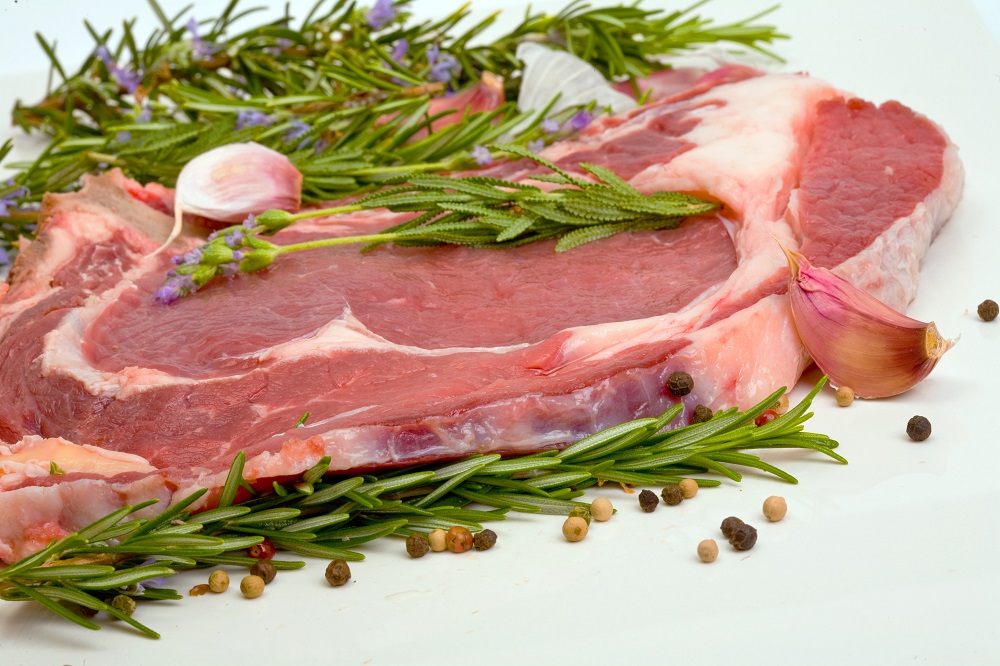The global meat extract market is expected to be worth USD20.8 billion by 2027, rising at a rate of 8% CAGR between 2019 and 2029. This is fuelled by increasing appetite for protein-rich diets, the growth of the processed food and food service sectors, and market demand for enriching flavours.
Meat and seafood remain a huge part of diets, and this will continue to drive demand for extracts. In Asia, overall meat and seafood consumption is estimated to go up 30% by 2030 and 78% by 2050, says Jenny Kartika Rusli, business development director of PT Foodex Inti Ingredients, an Indonesia-based manufacturer of food ingredients and seasonings for industrial, commercial and residential applications. Demand in South Korea is rising sharply, whereas current levels of meat and seafood consumption in Indonesia is relatively low, although this market shows a huge potential for growth and is expected to increase threefold between 2018 and 2050, according to Ms Rusli.

(Photo © Ramon Grosso | Dreamstime.com)
Meat extracts and applications
Meat extracts are made by pressure cooking meat and bones, followed by the processes of evaporation, emulsification and drying. They come in powder, liquid, granule and paste forms to suit various applications. The market for meat extract powder is currently the biggest primarily because of its economy and convenience. Paste products are on the rise, however, as demand is increasing from the food processing industry and commercial restaurants.
These additives mainly for soups, sauces, seasonings and other similar applications, improve culinary properties such as mouth-feel, flavour and nutrition. Pure meat extracts can be combined with spices for value-added benefit. Aside from this, meat extracts are used for the purpose of complying with labelling requirements, says Ms Rusli.
About 88% of the global volume share in 2020 are from beef, pork, and chicken segments. Of these, chicken extract has the biggest market share in terms of volume due to low production costs and high availability; sales are expected to grow exponentially in the near future. But revenue-wise, beef extracts earned the highest in 2020. As this extract is an ideal source of amino acids, minerals, nucleotides, organic acids, peptides and vitamins, they can boost the nutritional value of food products.
Natural extracts
Natural extracts are available raw or cooked, in paste, oil, or in powder form. Dry extracts are produced by roasting raw ingredients, followed by grinding, sifting and blending. Uniform blending is very important and factors such as season and place of harvest are taken into account during production for minimal product variation. Several products from different sources are combined in the production process to produce a single profile. Natural extracts are used for seasoning instant noodles, sausage, snacks, hotpots and the like.
Bold flavours, health profiles
In food production, top notes are usually produced using liquid essential oil flavour while base notes are made with meat extract, followed by herb and spices. Combining animal extracts and natural ingredients is likely to be a future trend, according to Ms Rusli. Authentic regional cuisine will be in demand, with convenience food that have traditional flavours likely to rise in popularity from 2022 onwards, she added.
Bold, authentic flavours are likely to dominate the Asian market, with millennials in Indonesia and other Asian countries keen to explore different flavours and varying spicy notes. The addition of various chilis and peppers from specific regions are also becoming more popular in international markets as made evident by the rise of the Sriracha sauce which now dominates the chili sauce section in almost every Asian restaurant in the United States. Aside from these, smoky flavours, creamy dishes with an indulgent finish, and caramelised, roasted, toasted or fried preparations are trending internationally.
The Asian palate usually seeks sour, bitter and tangy flavours in foods, having started in Korea with dishes such as kimchi. The Korean influence is marked by increasing demand for Korean-style BBQ and more use of chili, honey and paprika.
The Japanese influence in Asian cuisine is very evident particularly with soy sauce, pepper, and lemon flavour combinations. Umami, a savoury flavour identified in Japan almost a century ago, enables food manufacturers and consumer to use less salt while adding a depth of flavour. The trend toward healthier and natural ingredients choices favours the use of natural colours and natural meat extracts. It has also has led to the reduction in the use of salt, MSG, transfats in food products.
North America tops demand for meat extracts
The biggest market for meat extract is North America and it is expected to retain its position in the near future on account of the popularity of ready meals and processed food in the region. The next biggest market is Latin America, followed by Europe, Asia Pacific, the Middle East, Oceania and Japan. APEJ (Asia Pacific excluding Japan) is projected to have the fastest growth in the next few years. However, rising market demand for plant-based meat substitutes such as pea and soy protein is one of the key market restraints for the industry.
“Indonesia Spice Up the World”
While Europe is the home to a number of established meat extract companies, Ms Rusli believes that Indonesia is in a good position to offer extracts to global markets. After all, the country is the fourth-largest exporter of spices in the world, according to Indonesia’s Ministry of Trade. And with the backing of the government programme, “Indonesia Spice Up the World”, there are boundless opportunities for the country to grow in this sector.
Aside from meat extracts, natural extracts from garlic, onion, herbs and spices are widely used in home or commercial kitchens for replacing fresh ingredients to standardise taste and combat fluctuations in supply and quality.














